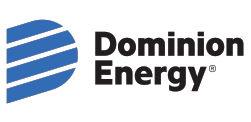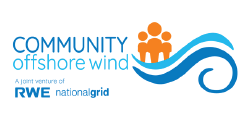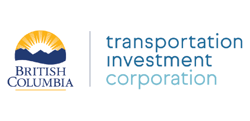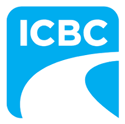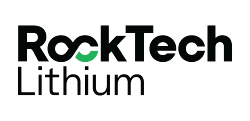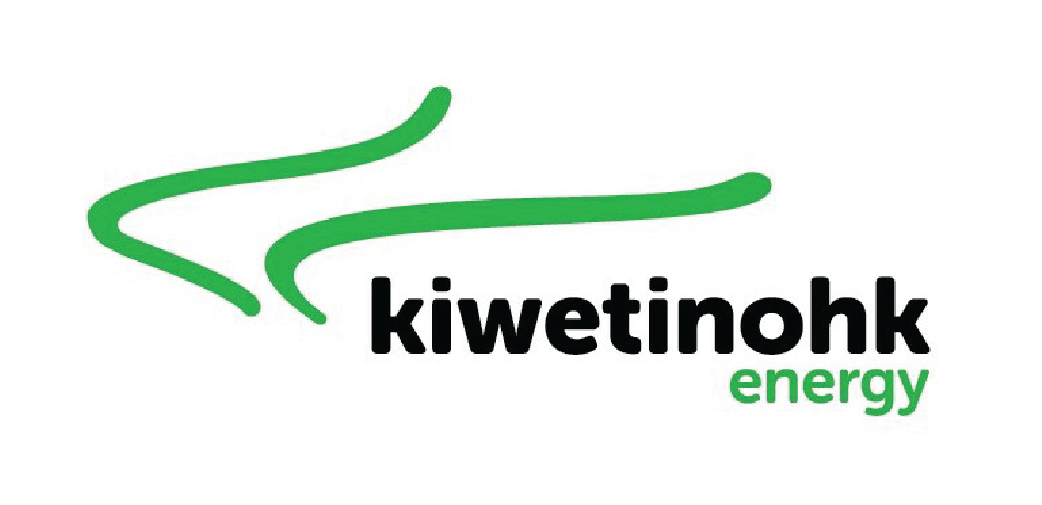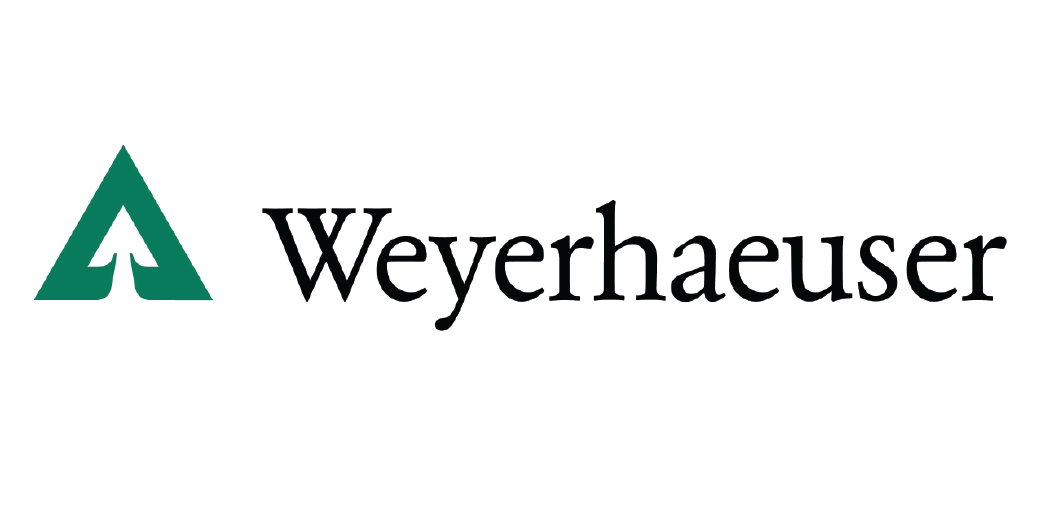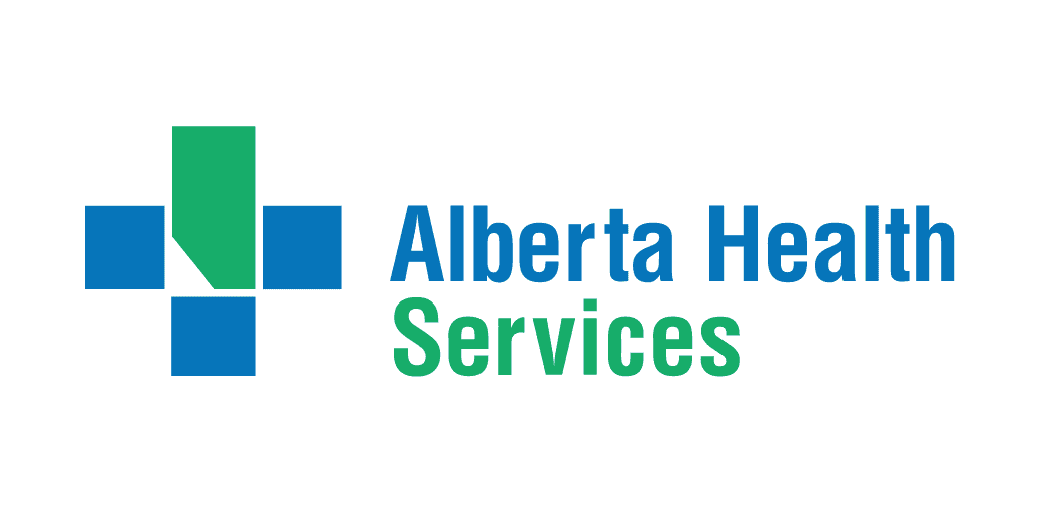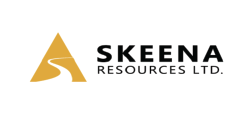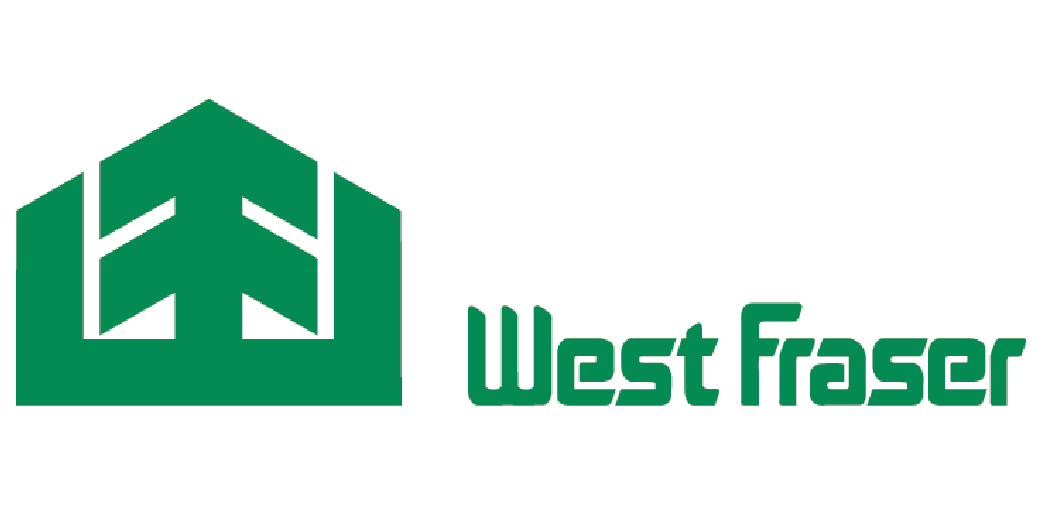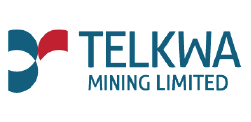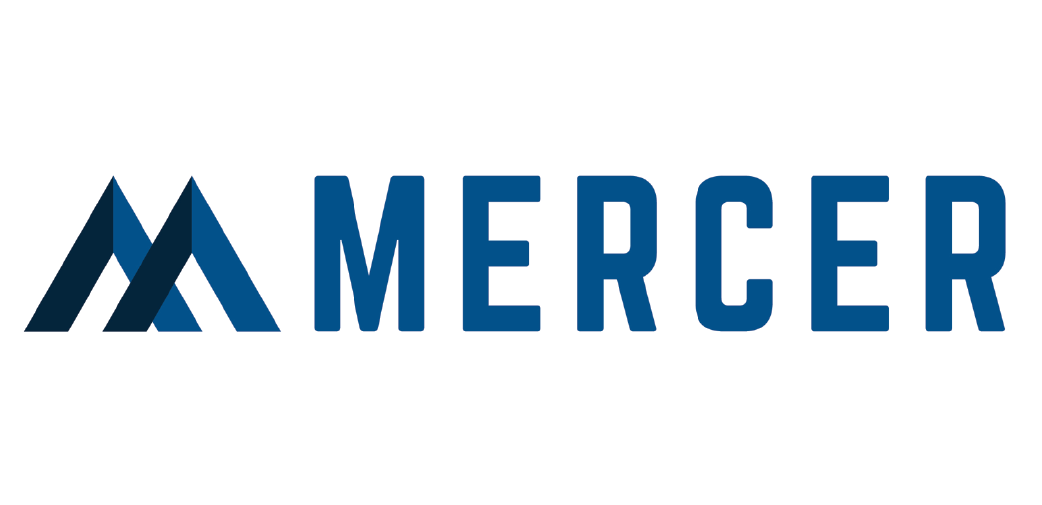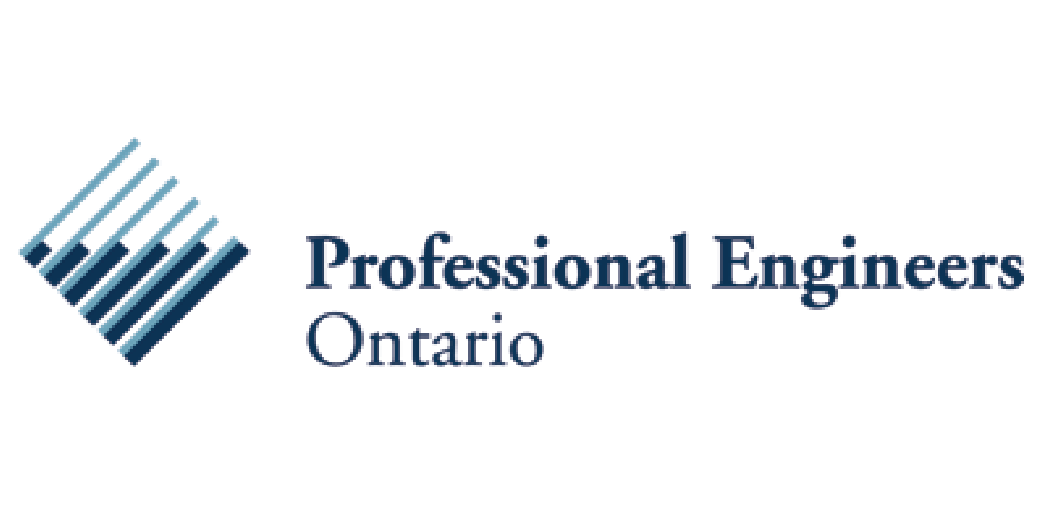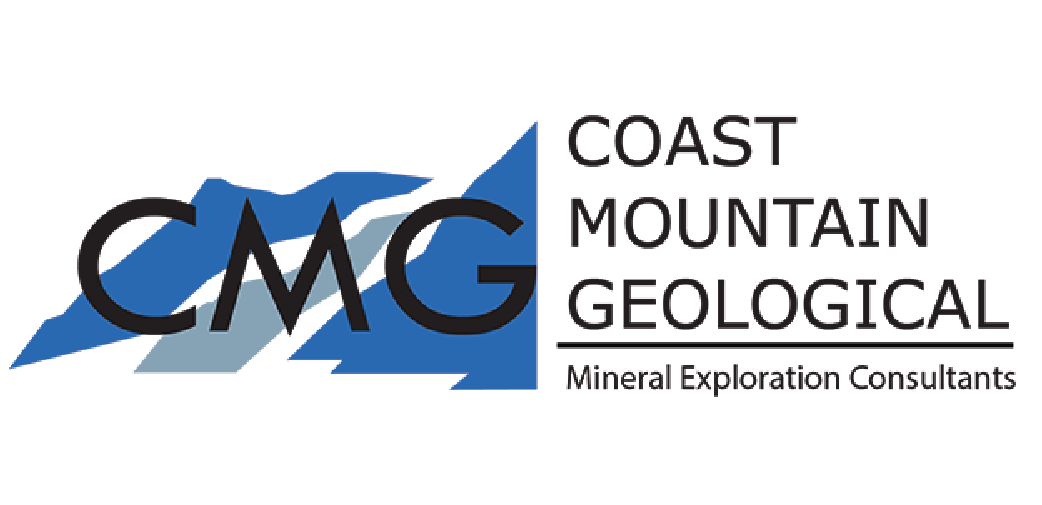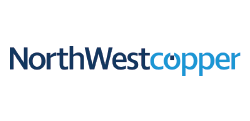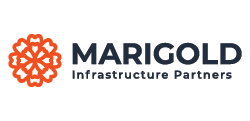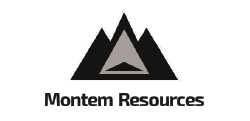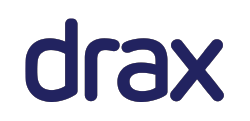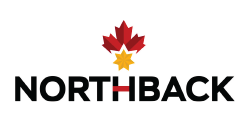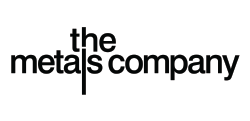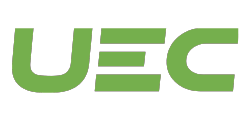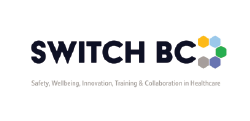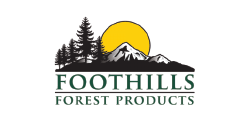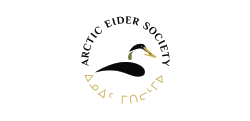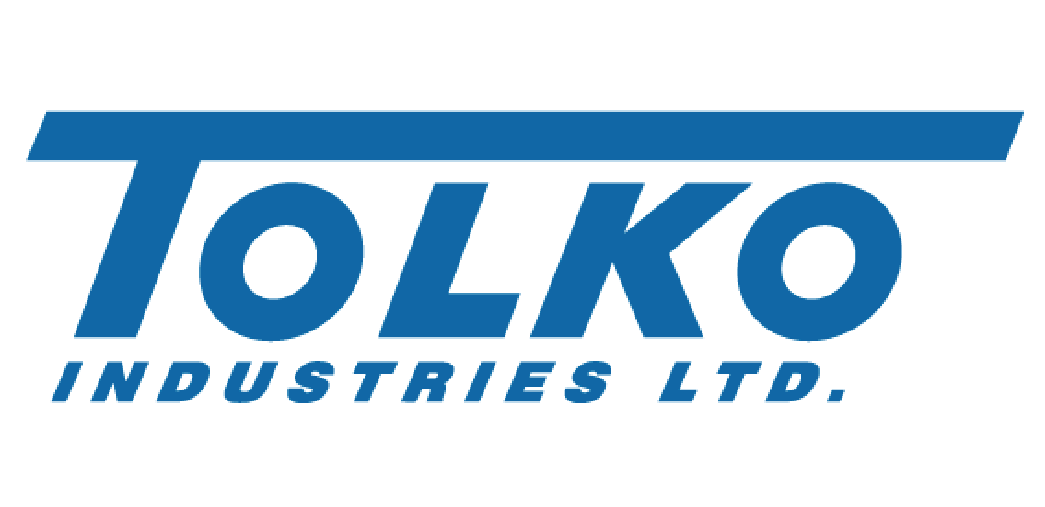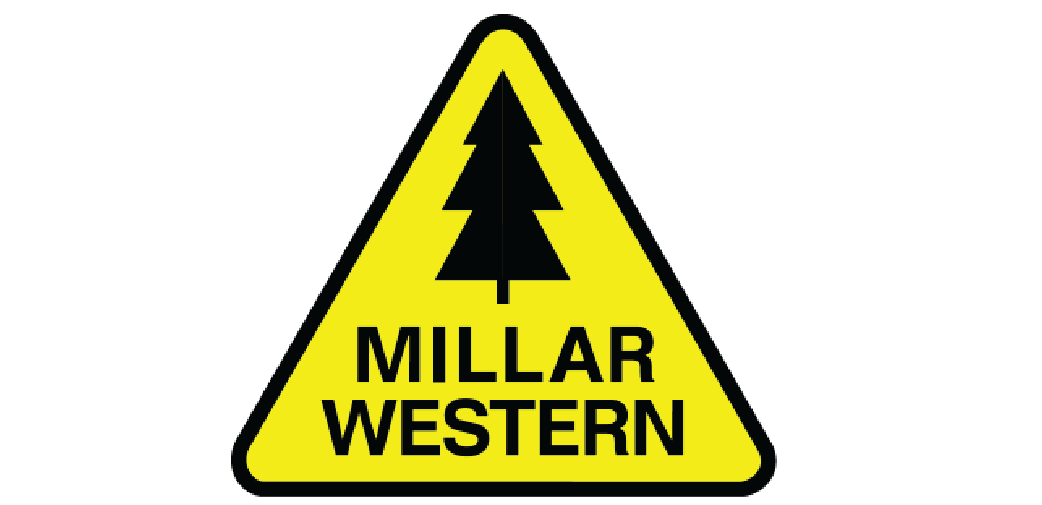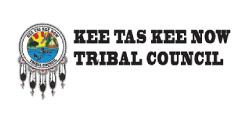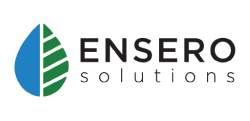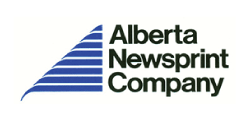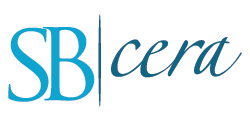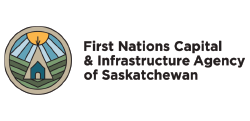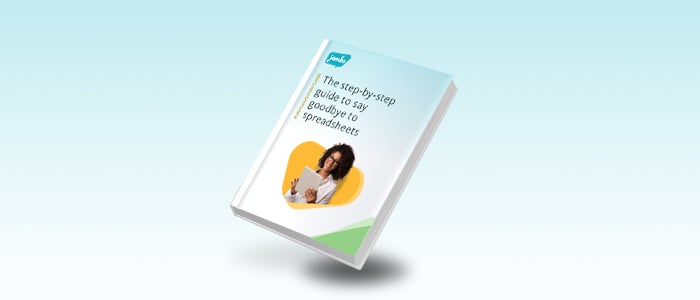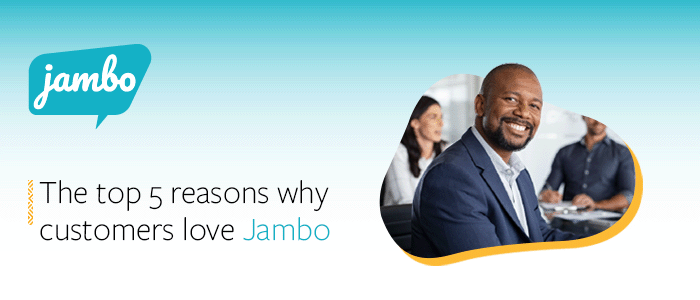1. ¿Qué es la gestión de las relaciones con las partes interesadas?
La gestión de las relaciones con las partes interesadas es el proceso de gestión de las relaciones con diferentes partes interesadas y comunidades. Construir y mantener relaciones positivas con ellos ayuda a las organizaciones a alcanzar sus objetivos con mayor eficacia, al tiempo que minimiza los riesgos para sus operaciones y su reputación.
Es habitual oír el término "gestión de las partes interesadas", pero es importante recordar que lo que se gestiona es la relación, no la parte interesada real. El término gestión de las relaciones con las partes interesadas se centra en esas relaciones, lo cual es vital, ya que las relaciones positivas y duraderas con las partes interesadas son la base del éxito de los proyectos.
Crear y mantener relaciones positivas con las partes interesadas tiene muchas ventajas, como reducir los riesgos, mejorar la reputación de la organización, conseguir la aceptación del proyecto, fomentar la confianza de las partes interesadas, minimizar los conflictos y la resistencia, y mucho más. En la actualidad, la gestión de las relaciones con las partes interesadas es fundamental para el éxito de organizaciones de diversos sectores.
2. ¿Cómo se establecen las relaciones con las partes interesadas?
Identificar, mapear y conocer a las partes interesadas son los primeros pasos que hay que dar para establecer relaciones con ellas.
Identifique a las partes interesadas
Antes de centrarte en los detalles de la relación, tendrás que identificar a todas las posibles partes interesadas. Tendrá que saber con quién establecerá y gestionará las relaciones. Para ello, tómate un tiempo para hacer una lluvia de ideas con tu equipo sobre todas las posibles partes interesadas que podrían verse afectadas (positiva o negativamente) por tu proyecto o que podrían tener otros intereses en él.
Identifique a sus interlocutores
Una vez identificadas las partes interesadas, hay que clasificarlas. Uno de los lienzos de mapeo de partes interesadas más conocidos es . Se trata de la matriz de poder e interés de Mendelow, que ayuda a clasificar a las partes interesadas en función de su nivel de interés (alto/bajo) y su nivel de influencia (alto/bajo) en la organización o el proyecto. Saber qué partes interesadas están en cada categoría te ayuda a entender los recursos, el presupuesto y las tácticas específicas de compromiso que debes desplegar.
Conozca a sus interlocutores
Una vez que haya identificado y mapeado (o categorizado) a sus partes interesadas, es hora de aprender sobre ellas. Por lo general, el impacto, la percepción y los intereses son lo que querrás saber sobre tus partes interesadas. ¿Su proyecto les afecta negativa o positivamente? ¿Cuál es su opinión actual sobre tu organización o proyecto? ¿Cuáles son sus intereses en el proyecto (financieros, medioambientales, emocionales, etc.)?
Así sabrás mejor qué es importante para tus interlocutores , lo que te permitirá centrar tus mensajes (si vas a participar) en los temas que más les interesan. En última instancia, esto generará confianza y relaciones más sólidas.
Una vez que tenga toda esta información, puede empezar a crear su plan de participación de las partes interesadas.
3. ¿Cómo se crea un plan de gestión de las partes interesadas?
Es una gran idea sentarse en equipo, elaborar estrategias y planificar cómo gestionar las relaciones con las partes interesadas. Si se toma el tiempo necesario para planificar estratégicamente con su equipo, podrá comprender qué recursos pueden ser necesarios a lo largo de este proceso. Por ejemplo, al informarse sobre las partes interesadas, el equipo puede darse cuenta de que está surgiendo un posible problema con una o varias de ellas. Con este conocimiento, puede planificar cómo mitigarlo, lo que le ayuda a reducir los riesgos y le permite trabajar más eficazmente con las partes interesadas a través de estos problemas. También aumenta la probabilidad de mantener o consolidar esas relaciones.
Además de planificar la asignación de recursos, también puede trabajar con su equipo para orientar los mensajes estratégicos y las tácticas de comunicación, el seguimiento de los avances y la asignación de tareas. La planificación garantiza que todo el mundo esté de acuerdo y pueda colaborar más eficazmente para mejorar las relaciones con las partes interesadas.
Estos son los primeros pasos básicos que hay que dar:
- Aclare el objetivo de su plan
- Cómo registrar los datos
- Definir los mensajes clave
- Elija sus tácticas de participación
- Establezca un calendario de compromiso y comunicación
- Proporcionar a las partes interesadas una vía para compartir sus aportaciones
- Decide cómo informarás
4. SRM vs CRM vs hojas de cálculo
Aunque el uso de hojas de cálculo o de un CRM para gestionar la información de las partes interesadas pueda parecer práctico, estas opciones no son sostenibles si quieres mantener relaciones sólidas, productivas y duraderas con las partes interesadas.
Hojas de cálculo
Las hojas de cálculo son herramientas populares para gestionar la participación de las partes interesadas, sobre todo en proyectos pequeños u organizaciones con presupuestos limitados. Son rentables y suelen incluirse en los paquetes de software ofimático estándar. Se pueden crear columnas, encabezados y campos de datos para hacer un seguimiento de la información de las partes interesadas.
Sin embargo, las hojas de cálculo tienen una funcionalidad limitada y presentan riesgos para la seguridad de los datos. Es difícil revisar e informar sobre varias hojas de cálculo simultáneamente, lo que dificulta la elaboración de informes sobre proyectos más grandes o complejos utilizando hojas de cálculo. Requieren la introducción manual de datos, lo que lleva mucho tiempo y es propenso a errores. La vulnerabilidad a las brechas de seguridad, como el acceso no autorizado o la pérdida de datos, pone en peligro los datos de las partes interesadas, lo que sitúa a las hojas de cálculo al final del barril para una gestión eficaz de las relaciones con las partes interesadas.
Explore esta guía paso a paso para decir adiós a las hojas de cálculo.
CRMs
Utilizar un software centrado en el cliente, como un CRM, para gestionar el compromiso y la consulta de las partes interesadas no es la mejor opción. No estás vendiendo a tus grupos de interés, estás interactuando con ellos. Los CRM están diseñados para ayudar a una organización a empujar a sus clientes a través del embudo de ventas.
Los CRM suelen requerir personalizaciones sustanciales para satisfacer las necesidades de participación de las partes interesadas. Cualquier personalización específica orientada a las partes interesadas costará más dinero a expensas de la organización. No se garantiza que el software configurado cumpla los objetivos de implicación de las partes interesadas de su equipo.
Desarrollar un proceso repetible y escalable para la gestión de las relaciones con las partes interesadas es esencial para establecer relaciones sólidas con ellas. Este proceso debe incluir una base de datos colaborativa con toda la información de las partes interesadas, algo que no se consigue con una hoja de cálculo o un CRM.
El uso de una plataforma de software de gestión de las relaciones con las partes interesadas(SRM) de calidad sería la mejor alternativa a las hojas de cálculo y los CRM.
5. ¿Qué es un software de gestión de las relaciones con las partes interesadas (SRM)?
El software de gestión de las relaciones con las partes interesadas (SRM) conecta y organiza toda la información de las partes interesadas en una sola plataforma, lo que le permite gestionar de forma segura todas las relaciones y comunicaciones con las partes interesadas de su organización.
Ayuda a los equipos a realizar un seguimiento e informar fácilmente sobre las interacciones, problemas y compromisos de las partes interesadas, y facilita la colaboración entre los equipos que trabajan en proyectos de implicación de las partes interesadas.
Con un software SRM como Jambo, puede:
- Racionalice sus interacciones con las partes interesadas para organizarlas, gestionarlas y realizar un seguimiento más eficaz.
- Comprenda la trayectoria de su proyecto viendo cómo se conecta toda la información de las partes interesadas
- Elabore informes para su equipo, las partes interesadas y los responsables de la toma de decisiones en cuestión de segundos.
- Simplificar el proceso de gestión de las partes interesadas para ayudar a construir relaciones positivas con las partes interesadas.
- Colabore más eficazmente con su equipo y contratistas externos
6. ¿Cuándo adoptar un software SRM?
Cuando vea estas señales, es hora de adoptar un SRM:
- El volumen de información de las partes interesadas que hay que gestionar es cada vez más abrumador.
- Un miembro del equipo ha dejado sin tratar un asunto de las partes interesadas y no quieres que vuelva a ocurrir.
- Te has visto sorprendido en una reunión con una parte interesada porque no conocías todos los hechos, como los problemas existentes, los compromisos o las comunicaciones con la parte interesada.
- Un miembro del equipo abandona el proyecto y usted no tiene forma de acceder a sus contactos anteriores con las partes interesadas.
- Su equipo ha olvidado cumplir un compromiso con las partes interesadas
- La información sobre la participación de las partes interesadas está dispersa en distintos lugares, por lo que necesita una ubicación central para almacenarla.
- Su equipo evita introducir registros de comunicación porque el proceso actual es confuso o lleva mucho tiempo.
- No está seguro de los compromisos y responsabilidades actuales de su proyecto.
- Si un organismo regulador te pidiera un informe sobre la participación de todas las partes interesadas en un proyecto, no estarías seguro de poder hacerlo rápida y fácilmente (o en absoluto).
- Necesita hacer un seguimiento de la participación de las partes interesadas para cumplir los mandatos de responsabilidad social corporativa (RSC) o alinearse con sus requisitos e informes de sostenibilidad.
7. ¿Quién utiliza el software SRM?
El software SRM puede ser una herramienta de gestión de las partes interesadas para casi todos los sectores que se relacionan con las partes interesadas, como la silvicultura, la minería, las energías renovables y otros. Los gobiernos, los organismos públicos, las instituciones financieras y las organizaciones sanitarias a menudo necesitan involucrar a las partes interesadas externas e internas como parte de un proceso de desarrollo de políticas o de una estrategia de gestión del cambio.
Si no está seguro de si a su equipo le vendría bien un SRM, pregúntese:
- ¿Se relacionará más de un miembro del equipo con las partes interesadas? ¿Sería útil acceder al historial de contactos con las partes interesadas para saber en todo momento qué se ha dicho y a quién?
- ¿Es importante el trabajo en equipo? ¿Necesitas que la información de tus grupos de interés sea fácilmente accesible para mejorar la cooperación y colaboración en equipo?
- ¿Le resultaría útil disponer de toda la información sobre las partes interesadas en un solo lugar?
- ¿Qué ocurre si se encuentra con partes interesadas difíciles? ¿Necesita la capacidad de gestionar los problemas y compromisos de las partes interesadas para ayudar a reducir el riesgo del proyecto?
- ¿Va a compartir informes? ¿Sería importante para su equipo, las partes interesadas o los responsables de la toma de decisiones poder elaborar rápidamente informes con la información de todas las partes interesadas?
- ¿Necesita evaluar sus esfuerzos de gestión de las partes interesadas? ¿Serían valiosas para usted y su equipo las actualizaciones, los informes y los análisis sobre sus esfuerzos de implicación?
Si ha respondido afirmativamente a todas estas preguntas, entonces necesita un software de gestión de las relaciones con las partes interesadas como Jambo.
8. ¿Qué hace el software SRM?
Ahora que sabemos qué es el software SRM, veamos qué puede hacer.
Aunque los SRM pueden variar en su oferta tecnológica, un SRM de calidad tendrá funciones que le permitirán registrar y gestionar:
- Información de contacto de las partes interesadas: Datos de contacto de todas las partes interesadas para facilitar la comunicación
- Registros de comunicación con las partes interesadas: Un diario de todas las conversaciones con las partes interesadas para facilitar las referencias.
- Notas sobre las partes interesadas: Detalles que guían la forma de relacionarse con las partes interesadas
- Cuestiones de las partes interesadas: Cualquier queja o caso que planteen las partes interesadas y que deba supervisarse y abordarse.
- Compromisos de las partes interesadas: Cualquier promesa o garantía cuyo cumplimiento o finalización deba ser objeto de seguimiento.
- Tareas asignadas a usted y a su equipo: Listas de tareas pendientes que deben realizar y completar personas concretas.
- Mapas geoespaciales: Mapas de zonas de interés, puntos conflictivos o lugares de compromiso.
- Informes: Recopilación de las interacciones con las partes interesadas en informes comprensibles para la transparencia y la rendición de cuentas.
La trazabilidad es la capacidad de acceder y buscar fácilmente esta información sobre las partes interesadas. Es esencial en un SRM porque te ayuda a entender cómo está vinculada tu información, lo que te permite comprender plenamente a tus partes interesadas y tus proyectos.
Por ejemplo, puedes hacer clic en el perfil de una parte interesada para acceder a toda la información sobre compromisos anteriores, como las comunicaciones que has mantenido con ella, los detalles de los asuntos en los que ha participado, los compromisos que has adquirido con ella o las tareas de equipo asociadas a ella.
Esta historia de compromiso ayuda de muchas maneras:
- Acceda fácilmente a los perfiles de las partes interesadas y a toda la información relacionada, incluidas las comunicaciones, los problemas y los compromisos, para estar preparado cuando se comunique con las partes interesadas (y no verse nunca sorprendido en una reunión con las partes interesadas).
- Le ayuda a entender a sus interlocutores y a tomar decisiones informadas sobre la mejor manera de involucrarlos a continuación, lo que es fundamental para crear confianza y buenas relaciones.
- Le muestra cómo se han utilizado las aportaciones de las partes interesadas en la toma de decisiones, permitiéndole informar sobre los pasos que ha dado para abordarlas.
9. Ventajas de utilizar un SRM
Las ventajas de utilizar un SRM pueden incluir:
- Pista de auditoría: Disponer de un registro de auditoría es una buena práctica para reducir el riesgo. Siempre sabrás dónde quedaron las cosas con las partes interesadas y siempre podrás acceder a tus registros actuales.
- Generar confianza: La confianza es vital. Simplificar la información sobre las partes interesadas te ayuda a ti y a tu equipo a interactuar de forma más eficaz, lo que contribuye a fomentar la confianza y las relaciones con las partes interesadas.
- Compromiso: Conseguir la aprobación de los responsables de la toma de decisiones puede ser más fácil compartiendo informes de proyectos fáciles de entender.
- Información centralizada y accesible: Almacenar toda la información sobre consultas y participación de las partes interesadas en una sola plataforma facilita a cualquier miembro del equipo la búsqueda y el acceso, siempre que disponga de los permisos necesarios.
- Acceso basado en la nube: Con un SRM seguro basado en la nube, su software es accesible bajo demanda en cualquier lugar de Internet. No es necesario estar siempre en la oficina para acceder a la información y mantenerse informado de las actualizaciones.
- Colaboración en equipo: Con datos centralizados y actualizados, puede aumentar la colaboración en equipo. Un SRM con funciones de asignación de tareas permite asignar tareas y ver cuándo se completan para mejorar la transparencia y la responsabilidad dentro del equipo.
- Gestión de compromisos: Nunca volverá a olvidar otro compromiso. Un SRM realiza un seguimiento de los compromisos de las partes interesadas con actualizaciones de estado fáciles de entender, lo que ayuda a mejorar la rendición de cuentas y garantizar el cumplimiento.
- Campañas de comunicación: La creación rápida de listas de contactos de las partes interesadas simplifica la creación de campañas de comunicación masiva, como las de correo electrónico y postal.
- Automatización del correo electrónico: Dependiendo del SRM, puede registrar automáticamente las comunicaciones por correo electrónico con las partes interesadas a través de CC/BCC/FWD a un proyecto específico.
- Gestión de problemas: Las actualizaciones de casos le ayudan a supervisar y gestionar las reclamaciones de las partes interesadas para llegar a una solución.
- Cartografía geoespacial: Los mapas ofrecen referencias visuales de los lugares de interés y las zonas de consulta
- Facilidad de uso: Las funciones móviles del software te permiten acceder a él desde cualquier lugar, lo que resulta útil después de una reunión con las partes interesadas cuando quieres registrar tu compromiso rápidamente.
- Visión general analítica: El acceso a resúmenes de proyectos de alto nivel con analíticas e informes de panel de control le ayudan a comprender rápidamente el tamaño y el estado de su proyecto.
- Informes: Proporcionar un registro que ilustre los esfuerzos de participación y consulta a su equipo, partes interesadas y responsables de la toma de decisiones es más manejable desde un SRM. Hay una mayor transparencia y una comprensión más clara de la perspectiva general de las partes interesadas, los problemas, los compromisos y el programa de participación.
- Menores riesgos: Un SRM le ayuda a reducir el riesgo de pérdida de datos y disminuye el riesgo del proyecto ayudándole a comprender sus responsabilidades actuales.
- Ahorre tiempo: Con un software SRM racionalizado y fácil de usar, ahorrará mucho tiempo en el proceso de entrada y salida.
- Trazabilidad: Vincular cada comunicación, problema, compromiso y tarea le ayuda a obtener rápidamente una comprensión completa de sus partes interesadas y sus proyectos.

10. ¿Qué ocurre con la seguridad del software SRM?
Aunque cada proveedor de SRM es único, en general, los SRM son opciones muy seguras para almacenar la información sobre la participación de las partes interesadas.
Cuando considere la seguridad y la protección, busque un SRM con:
- Colaboración segura en la nube: Con el software SRM seguro y basado en la nube, los cambios son prácticamente instantáneos. Esto significa que usted y su equipo siempre pueden acceder a la información más precisa y relevante y colaborar en los registros en tiempo real.
- Permisos basados en el usuario: Un SRM con opciones de permisos basados en el usuario permite a los administradores de cuentas proporcionar acceso de varios niveles a los usuarios. Esto es necesario si desea restringir el acceso a información financiera o notas internas confidenciales para usuarios específicos (por ejemplo, contratistas, becarios, etc.). Con los permisos basados en usuarios, los datos restringidos nunca estarán accesibles en pantalla o en un informe para quienes no tengan permiso.
- Autenticación de dos factores (2FA): Un SRM con 2FA ofrece una mejor protección de la seguridad de la cuenta. Los usuarios deben verificar sus datos de acceso introduciendo una contraseña enviada a su teléfono móvil a través de un mensaje de texto SMS. Esta opción de seguridad mejorada dificulta considerablemente el acceso de personas no autorizadas a las cuentas y datos de los usuarios, ayudando a mantener protegidos y seguros los datos críticos.
- Inicio de sesión único (SSO): Algunos clientes empresariales requieren SSO. Un SRM con SSO añade una capa adicional de seguridad y permite a los equipos de TI internos gestionar fácilmente el acceso del personal utilizando sus herramientas y protocolos existentes.
11. ¿Cuál es el mejor software de gestión de las relaciones con las partes interesadas?
Jambo.
Está pensada para equipos que desean mejorar la participación de las partes interesadas y establecer mejores relaciones con ellas. Se ha creado específicamente para mejorar la implicación a través de vistas únicas centradas en las partes interesadas, flujos de trabajo y procesos más rápidos y sencillos para los equipos. Las organizaciones pueden gestionar toda la información relativa a la participación de las partes interesadas en una ubicación segura.






